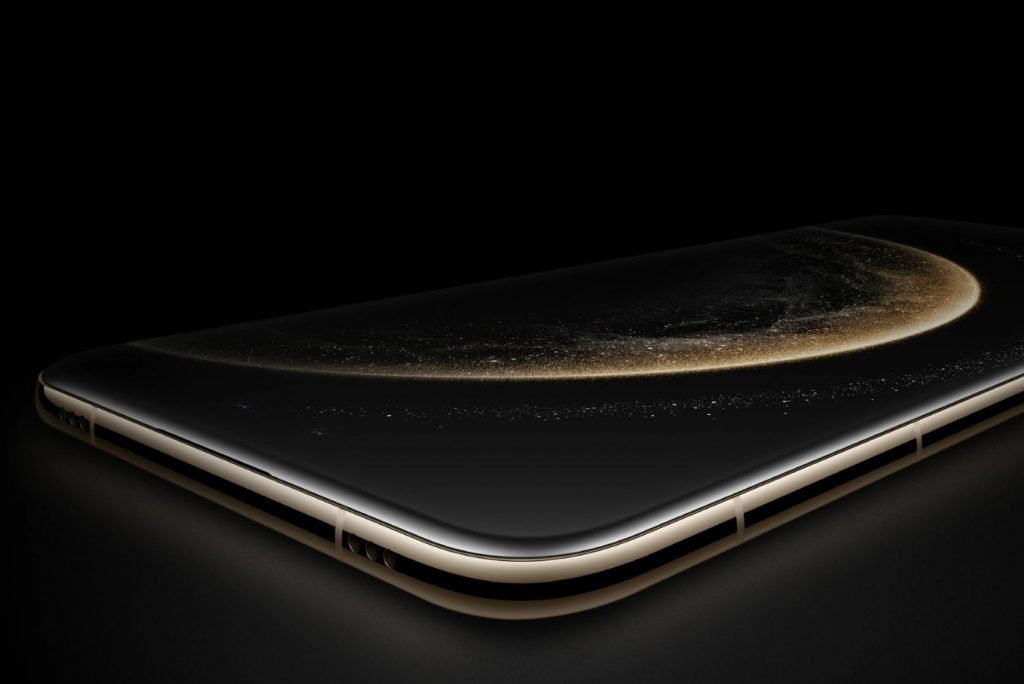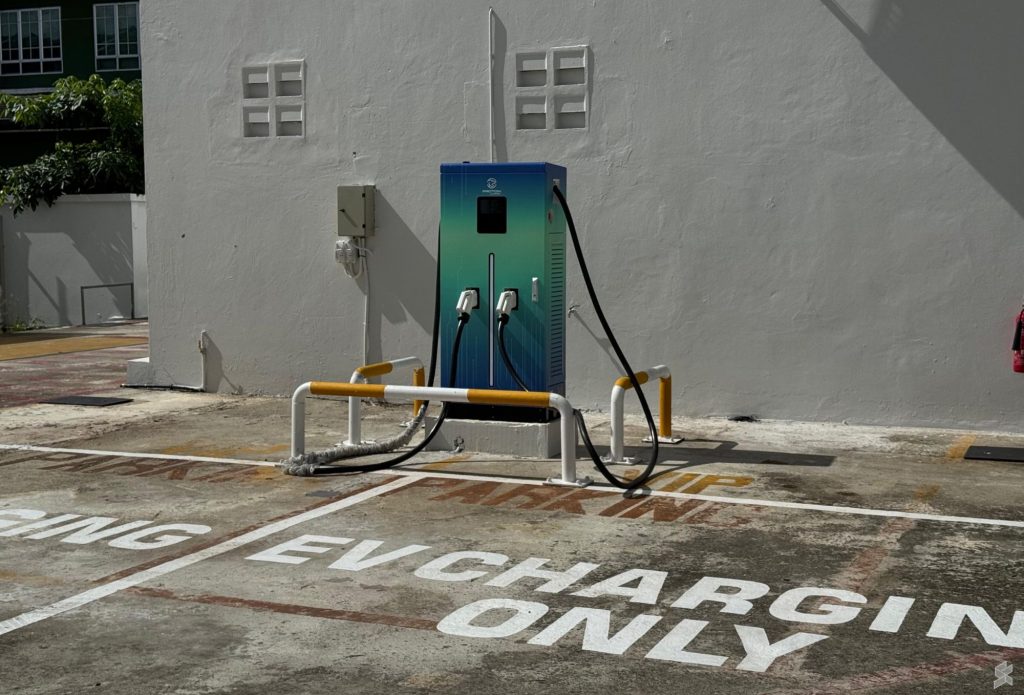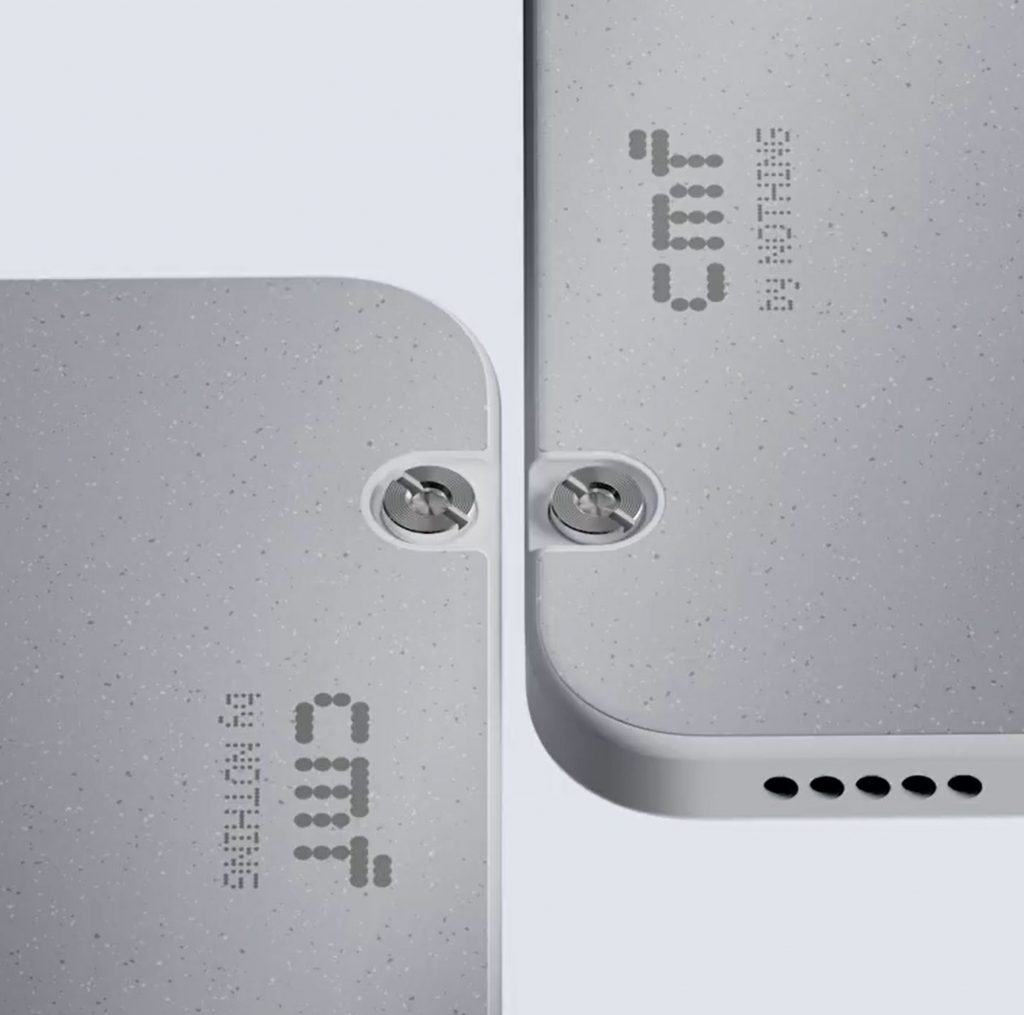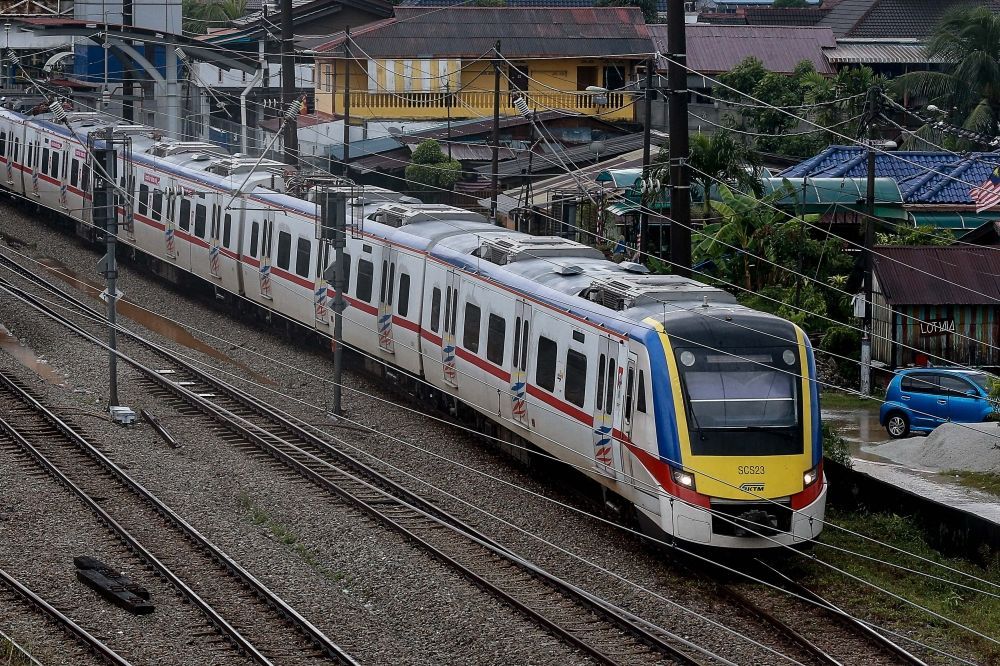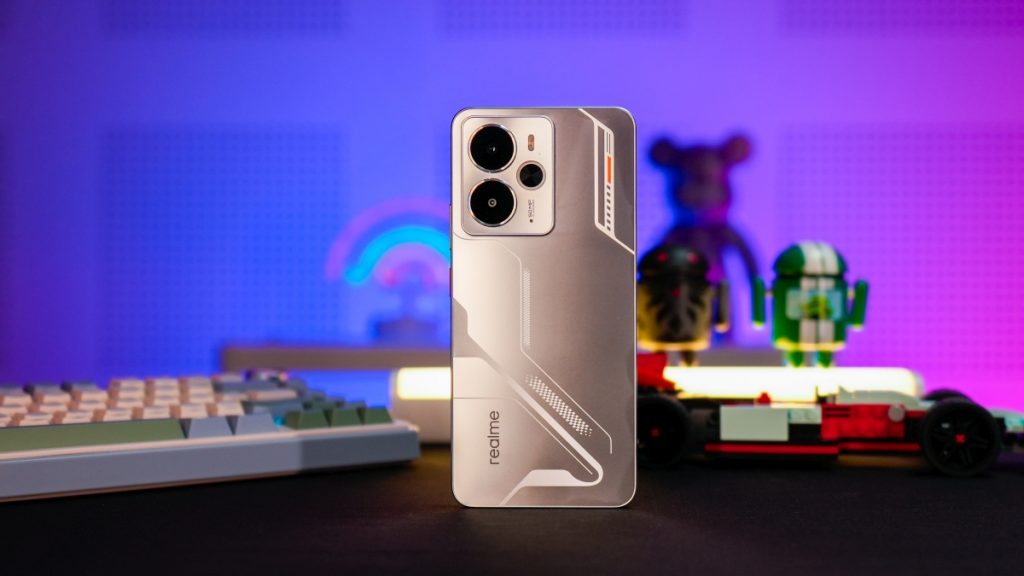Before the year is out, Huawei has launched its latest Mate 70 series of flagship smartphones. There are a total of 4 models which include the Mate 70, Mate 70 Pro, Mate 70 Pro+ and the Mate 70 RS Ultimate Design.
The Mate 70 series are Huawei’s first flagship smartphones to run on HarmonyOS Next operating system which is supposedly “Android-free”. That also means these devices with HarmonyOS Next 5.0 will not be able to support Android apps but customers are still be given the choice to run on HarmonyOS 4.3 which allows Android apps including APK files.
At the moment, Huawei has reportedly secured more than 15,000 apps for its independent HarmonyOS ecosystem and it aims to expand this number to 100,000 in the coming months. The bold move is seen as necessary as the Chinese smartphone maker aims to reduce its dependency on US technology following a series of restrictions imposed since 2019.
Huawei Mate 70 Pro+ and Pro
Among the top-tier new Huawei flagship models are the Mate 70 Pro and the Mate 70 Pro+. Both come with a 6.9″ 120Hz LTPO OLED display that pushes a Full HD+ resolution of 2832×1316 pixels. The screen boasts up to 2500 nits of brightness, 1440Hz PWM Dimming rate and 300Hz touch sampling rate. Protecting the display is Huawei’s second generation Kunlun Glass.
As usual, Huawei remains secretive about the processor but these devices have been reported to be using a new Kirin 9020 chipset. The new flagship chip is said to offer a 12-core architecture consisting of 2x 2.5GHz high-performance cores, 6x 2.1GHz mid-performance cores and 4x 1.6GHz efficiency cores. The chipset is seen sporting a Maleoon 920 GPU clocked at 840MHz.

In the camera department, the Mate 70 Pro and Pro+ feature a triple rear camera setup which consists of a 50MP main camera with variable f/1.4-f4.0 aperture, 48MP periscope telephoto camera that offers 3.5x optical zoom and a 40MP ultra-wide-angle camera. For selfies, both come with a 13MP main camera with a ToF 3D sensor for face unlock and biometric authentication.
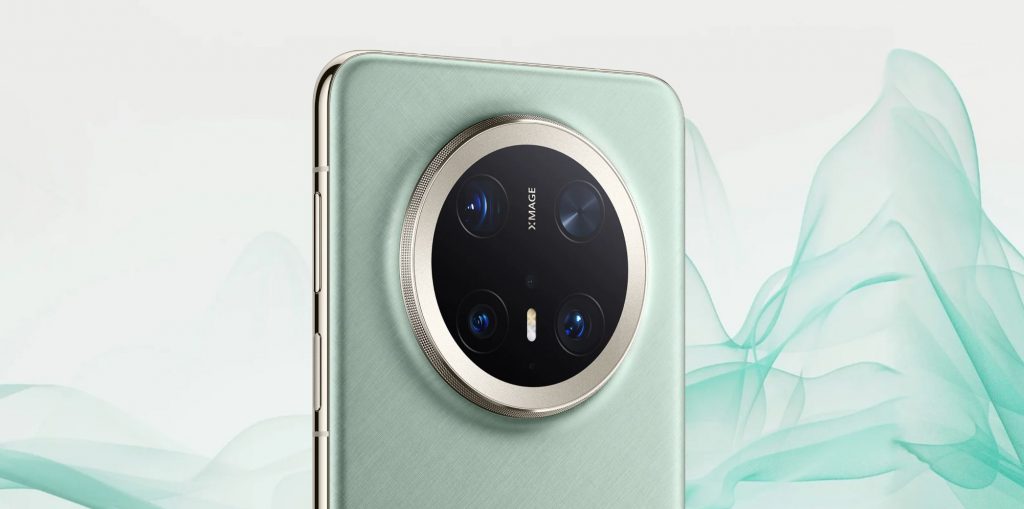
As you would expect from a flagship Huawei device, it comes with IP68/IP69 rated dust and water resistance, stereo speakers and satellite connectivity for voice calls and messaging.
The main differences between the Pro+ and the Pro are the battery capacity, materials and RAM configuration. The Huawei Mate 70 Pro+ is offered with 16GB of RAM and a choice of 512GB and 1TB of storage. Meanwhile, the Mate 70 Pro comes with 12GB of RAM and storage options of 256GB, 512GB and 1TB.
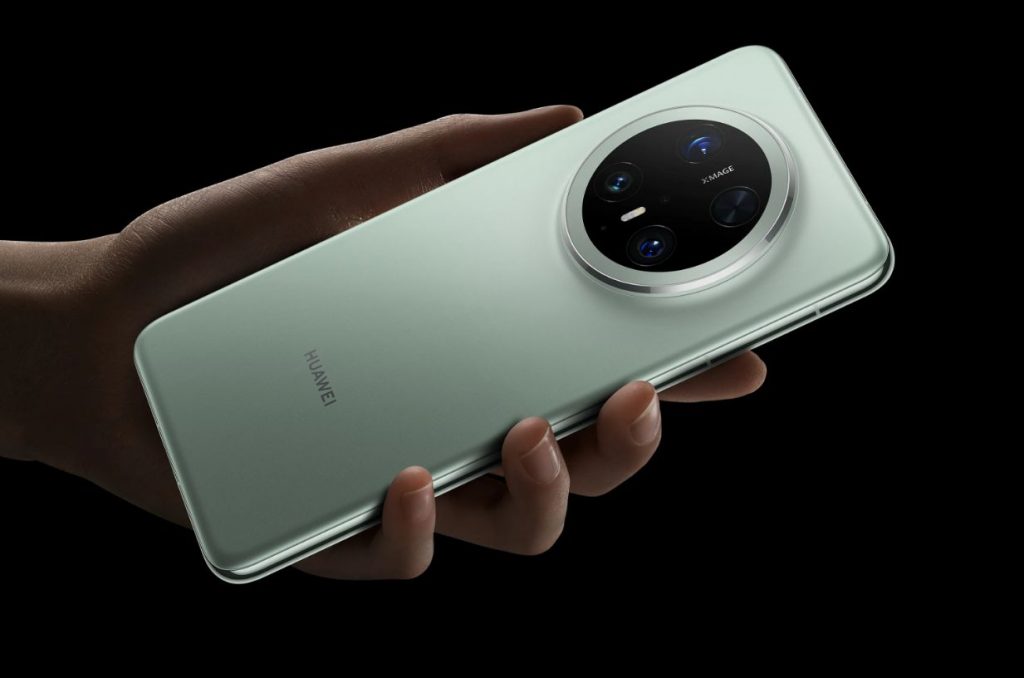
As a higher-tier product, the Mate 70 Pro+ uses a high-gloss titanium basalt body while the rear features an ultra-durable nylon material which claims to offer improved wear and impact resistance.
Another major difference is the Mate 70 Pro+ comes with a larger 5,700mAh battery while the non-Plus model settles for 5,500mAh. Both devices support 100W fast wired charging via USB-C and 80W fast wireless charging.
Huawei Mate 70
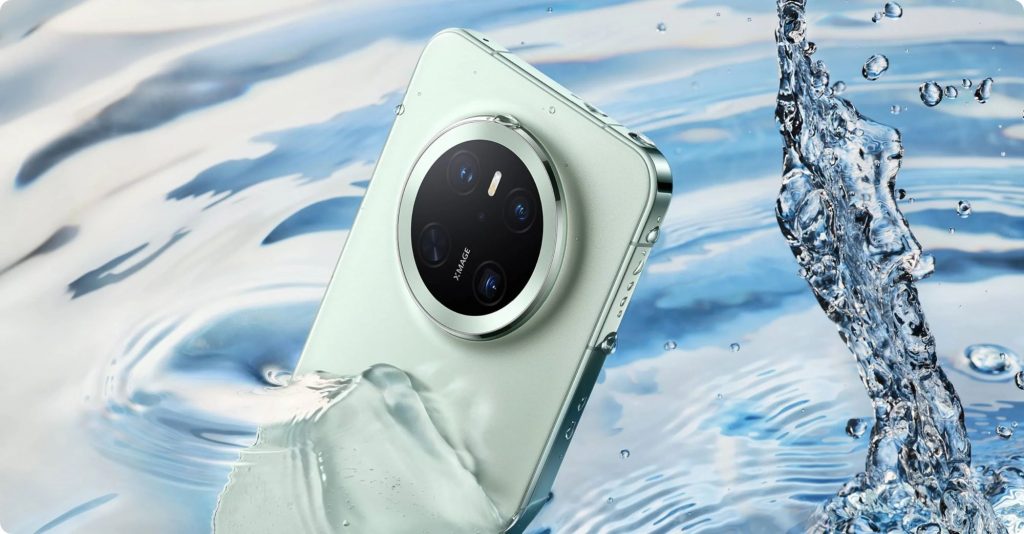
If you’re looking for something more affordable and smaller, the Mate 70 comes with a flat edge design and features a 6.7″ Full HD+ display that pushes 2688×1216 pixels resolution. It also uses a 120Hz LTPO OLED panel that pushes up to 2,500 nits. Unlike the Mate 70 Pro and Pro+, the standard model is reportedly running on the previous Kirin 9010 chip that’s found on the Huawei Pura 70 series and the tri-folding Mate XT smartphone.
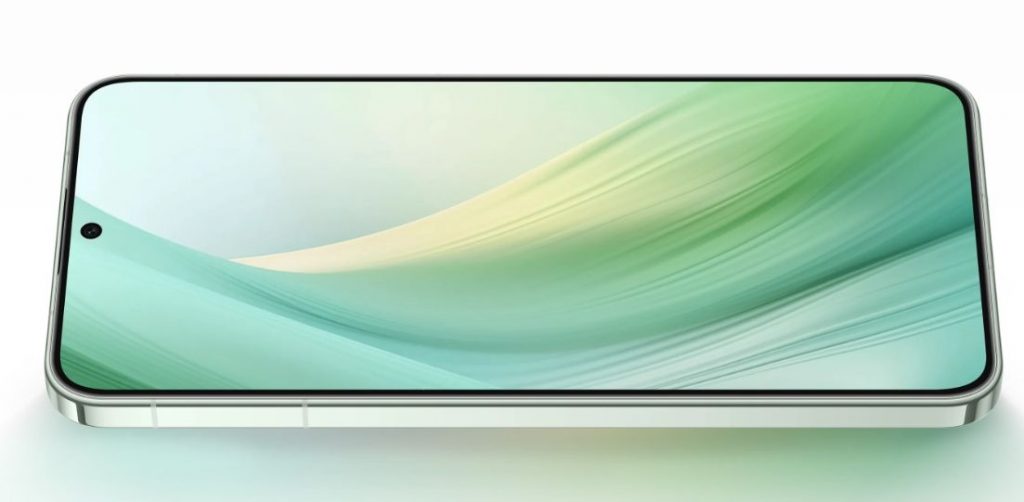
Similar to the Huawei Mate 70 Pro, it comes with 12GB of RAM and storage options of 256GB, 512GB and 1TB.
In the camera department, it still retains a 50MP main camera with variable f/1.4-f/4.0 aperture and 40MP ultra-wide-angle camera. However, for telephoto, it gets a 12MP periscope unit that offers 5x optical zoom.
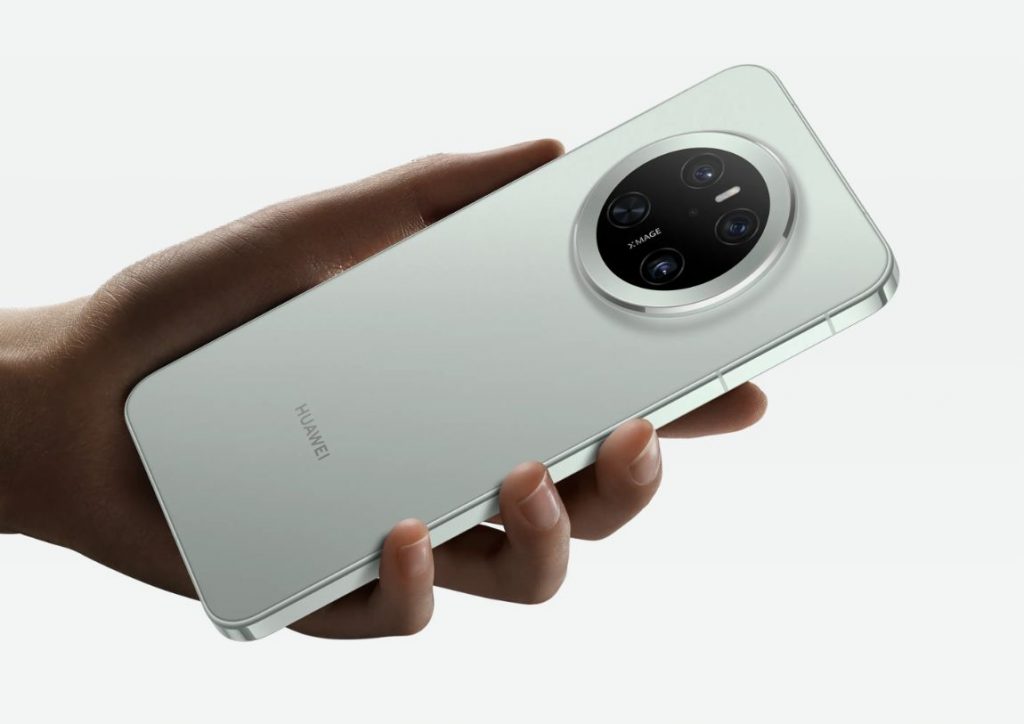
Despite being the most affordable model in the lineup, it still offers IP68/IP69 rated dust and water resistance. Powering the device is a 5,300mAh battery which supports 66W fast wired charging and 50W fast wireless charging.
Huawei Mate 70 RS Ultimate Design
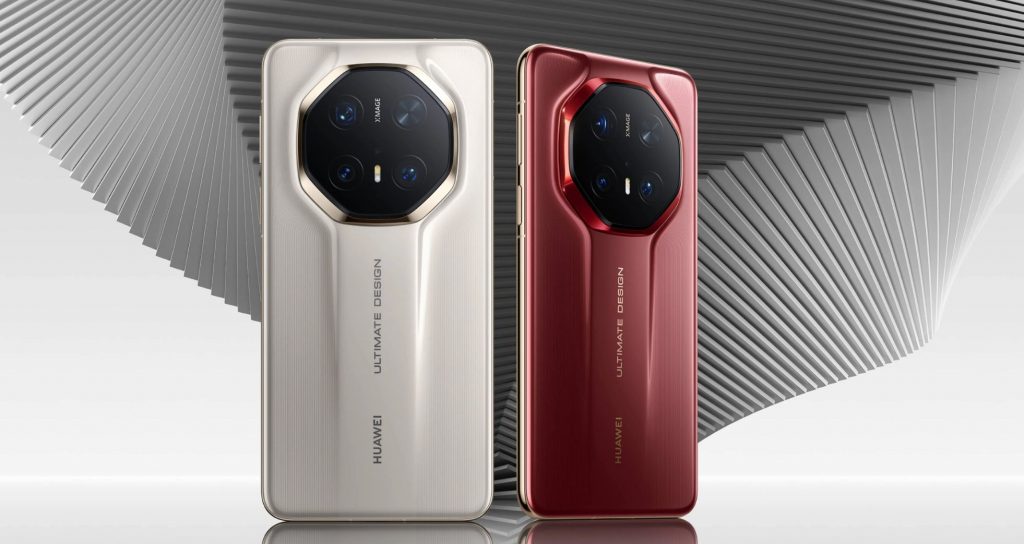
If money is no object, the most premium offering is the Mate 70 RS Ultimate Design which gets an octagon camera bump. While the screen looks identical to the Huawei Mate 70 Pro+, the RS version features a dual-layer LTPO OLED panel that boasts a whopping 3,500 nits of brightness.
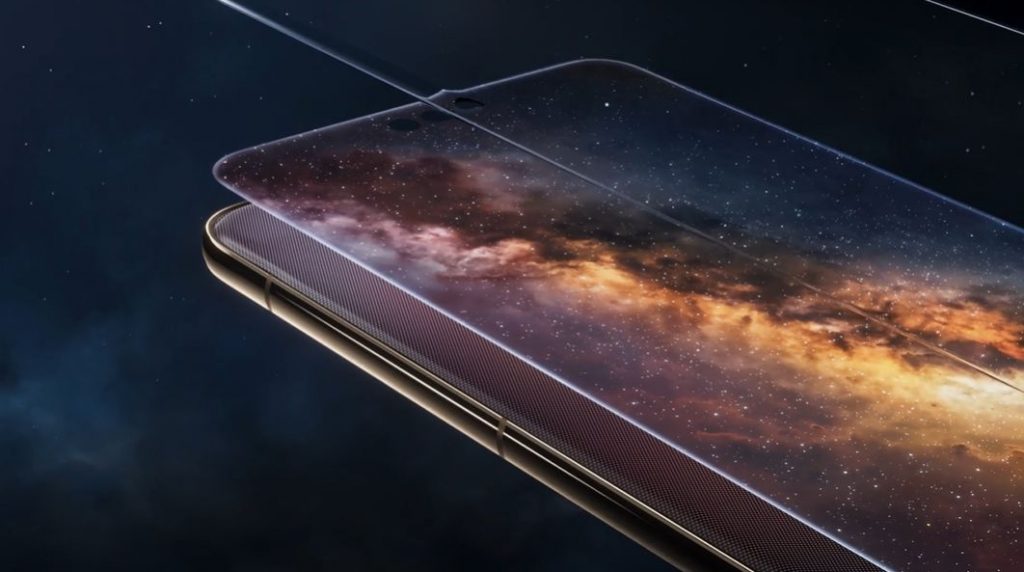
Similar to the Mate 70 Pro+, the Mate 70 RS also gets high-gloss titanium basalt structure. On top of that, it also gets basalt-tempered Kunlun glass that’s said to be more scratch and drop resistance.
For a more immersive audio experience, the Mate 70 RS boasts high and low frequency dual diaphragm stereo speakers, but take note that the dual diaphragms are only applicable for the bottom firing unit.

Also retained is a high capacity 5,700mAh battery and it supports 100W fast wired charging as well as 80W fast wireless charging.
Huawei Mate 70 series pricing in China
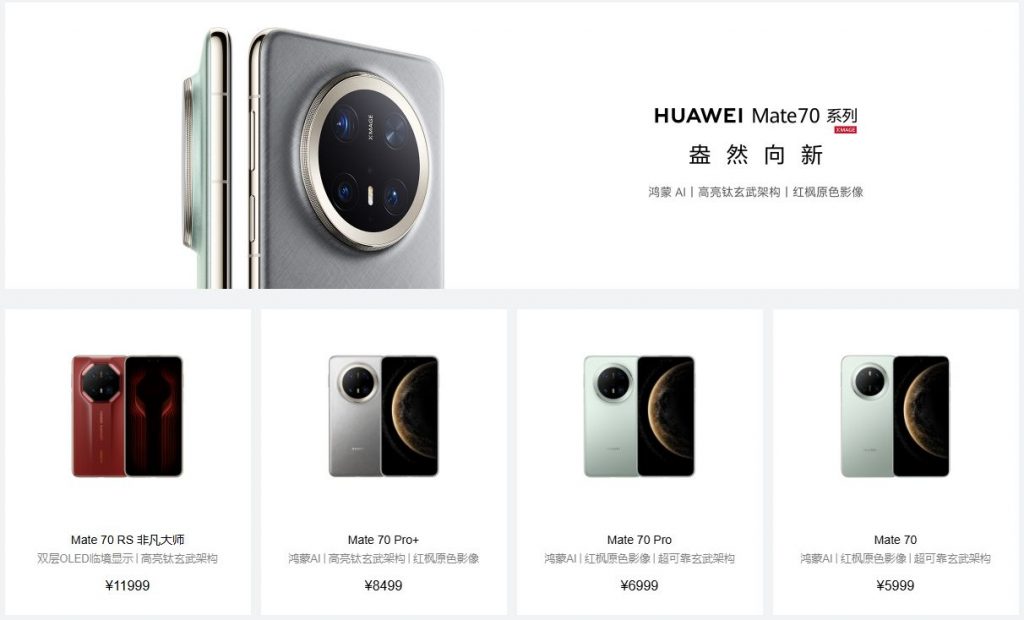
The Huawei Mate 70 series is currently available in China and here’s the official pricing for all four models:
Huawei Mate 70 Pro+
- 16GB + 512GB – CNY 8,499 (about RM5,225)
- 16GB + 1TB – CNY 9,499 (about RM5,840)
Huawei Mate 70 Pro
- 12GB + 256GB – CNY 6,499 (about RM3,995)
- 12GB + 512GB – CNY 6,999 (about RM4,303)
- 12GB + 1TB – CNY 7,999 (about RM4,918)
Huawei Mate 70
- 12GB + 256GB – CNY 5,499 (about RM3,381)
- 12GB + 512GB – CNY 5,999 (about RM3,688)
- 12GB + 1TB – CNY 6,999 (about RM4,303)
Huawei Mate 70 RS Ultimate Design
- 16GB + 512GB – CNY 11,999 (about RM7,377)
- 16GB + 1TB – CNY 12,999 (about RM7,992)
At the time of writing, there are still no details yet about the Huawei Mate 70’s availability and pricing for global markets including Malaysia. If Huawei decides to offer these devices globally with HarmonyOS Next, it would be interesting to see how fast Huawei can get top developers on board with their platform which is independent from Google’s open source mobile operating system.

